Sky watchers were treated to a dazzling display of aurora borealis across Alberta Wednesday night.

In the late evening, partly cloudy skies in central and northern Alberta allowed for a great view of the space weather phenomenon and the forecast is calling for more opportunities to capture the dancing lights tonight.
Theresa and Darlene Tanner are avid night sky photographers based out of Alix, Alta. who managed to snap some amazing photos.
The Tanners typically watch the Space Weather Prediction Centre as well as tweets from space meteorologist Tamitha Skov to help decide when to chase the northern lights.
Aurora intensity can be gauged by referring to the Estimated Planetary K index (Kp). The more intense a geomagnetic storm is, the higher the Kp value, which would indicate an increased likelihood of disturbances in the earth’s geomagnetic field.
Those disturbances can have an impact on electrical grids, radio signals and spacecraft operations. Quite often, during periods of high Kp-index values, the aurora borealis (and aurora australis in the southern hemisphere) will dance intensely.
Another important aurora predictor is how easily magnetic energy can be transferred into earth’s atmosphere. The more negative the Bz value is (the north-south direction of the interplanetary magnetic field), the higher the chances the northern lights will dazzle.
The website spaceweatherlive.com offers real time Kp and Bz readings.

Get daily National news
Last night, Darlene Tanner said the conditions “were very mild until 11 p.m.,” the time when the forecast was most promising.
“And all of a sudden, the sky exploded,” Darlene said – the photographers trusted their data, and it paid off.
“We look for clear skies and half-decent data such as the Bz being negative for a prolonged period of time,” Darlene explained.
The Tanners regularly post in the Alberta Aurora Chasers Facebook group, a great resource for local aurora reporting and discussions. But night sky photographers can also refer to “upstream reports” to get a sense of what’s coming.
Jeff Wallace also captured some stunning images north of St. Albert late Wednesday.
“I chose to go out because of forecasts and alerts issued by the Space Weather Prediction Centre,” Wallace said. “With clear skies, it was the best time to catch them in a couple of months.”
When asked for their best advice on how newcomers can catch the lights, both Wallace and the Tanners say patience is key.
“Even with advanced forecasting, I think [that aurora] chasing is similar to fishing,” Wallace said.
“It demands patience and accepting the probability that the display will be quiet,” he added.
That advice was echoed by Theresa and Darlene Tanner, who said sometimes their best photos are from the nights with a poor aurora forecast.
“The best advice for a novice chaser is do not rely on the data, but to go out and physically look with your own eyes in a dark place away from light pollution,” Theresa said.



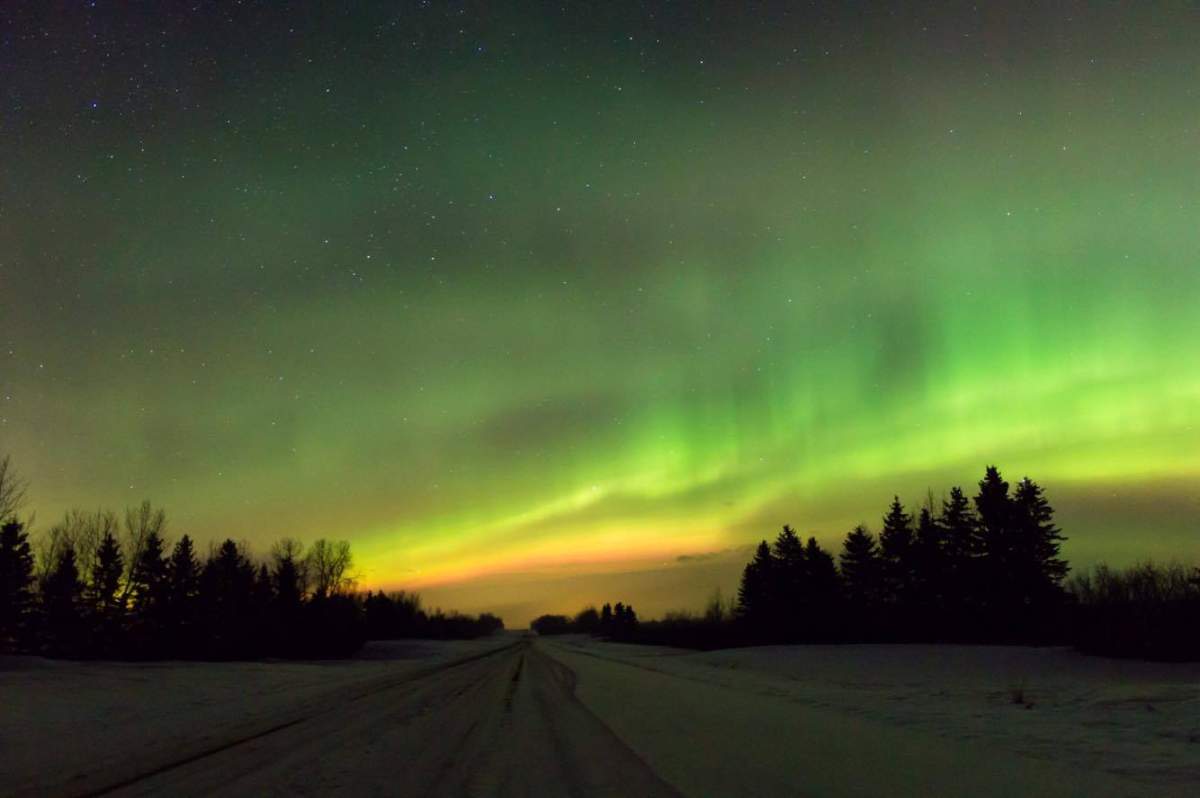

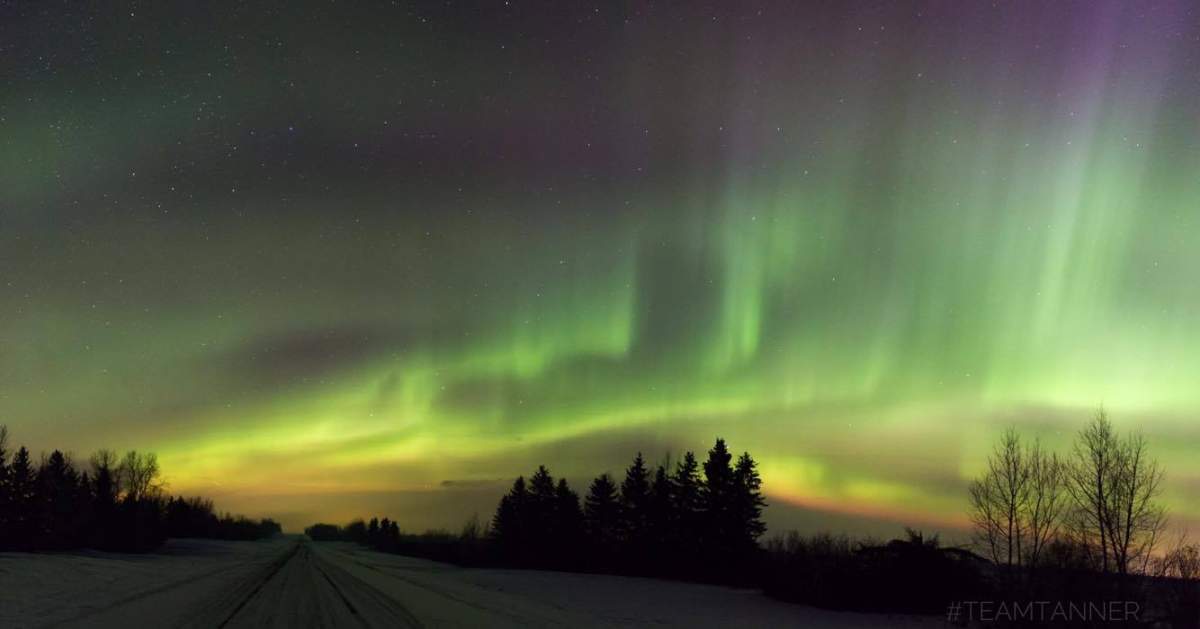

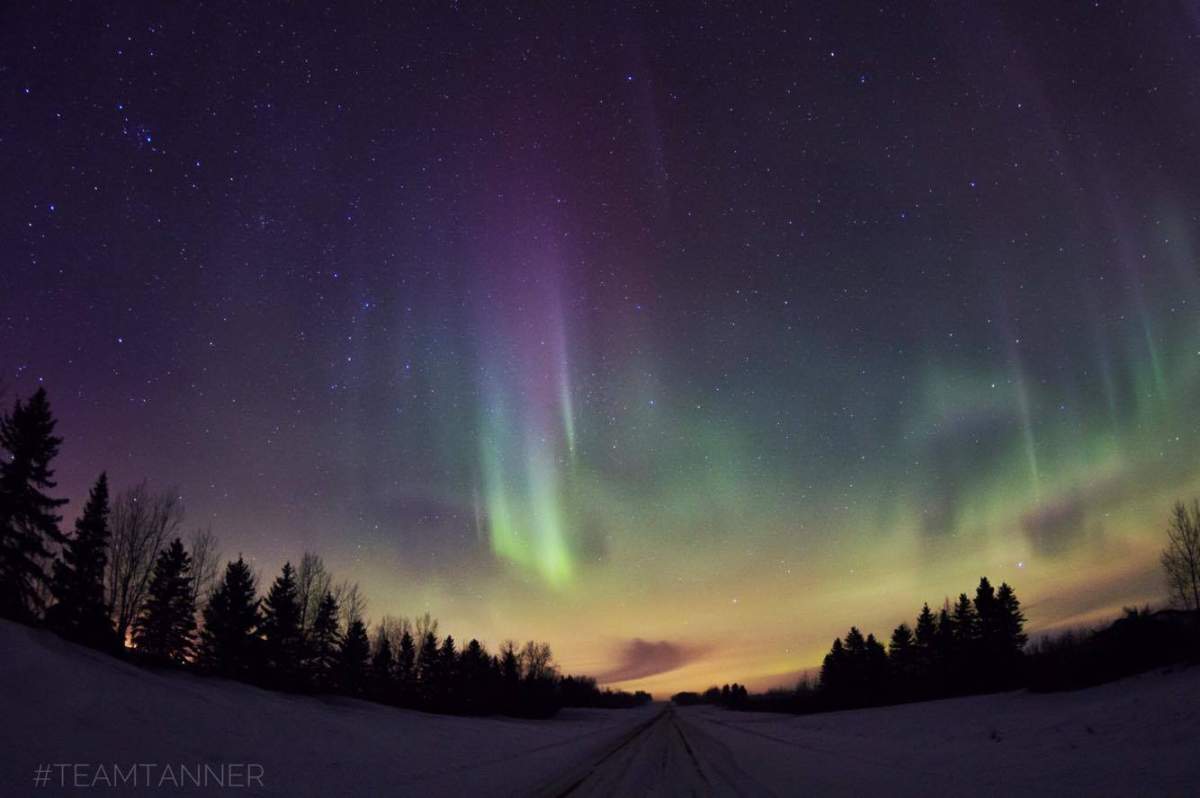



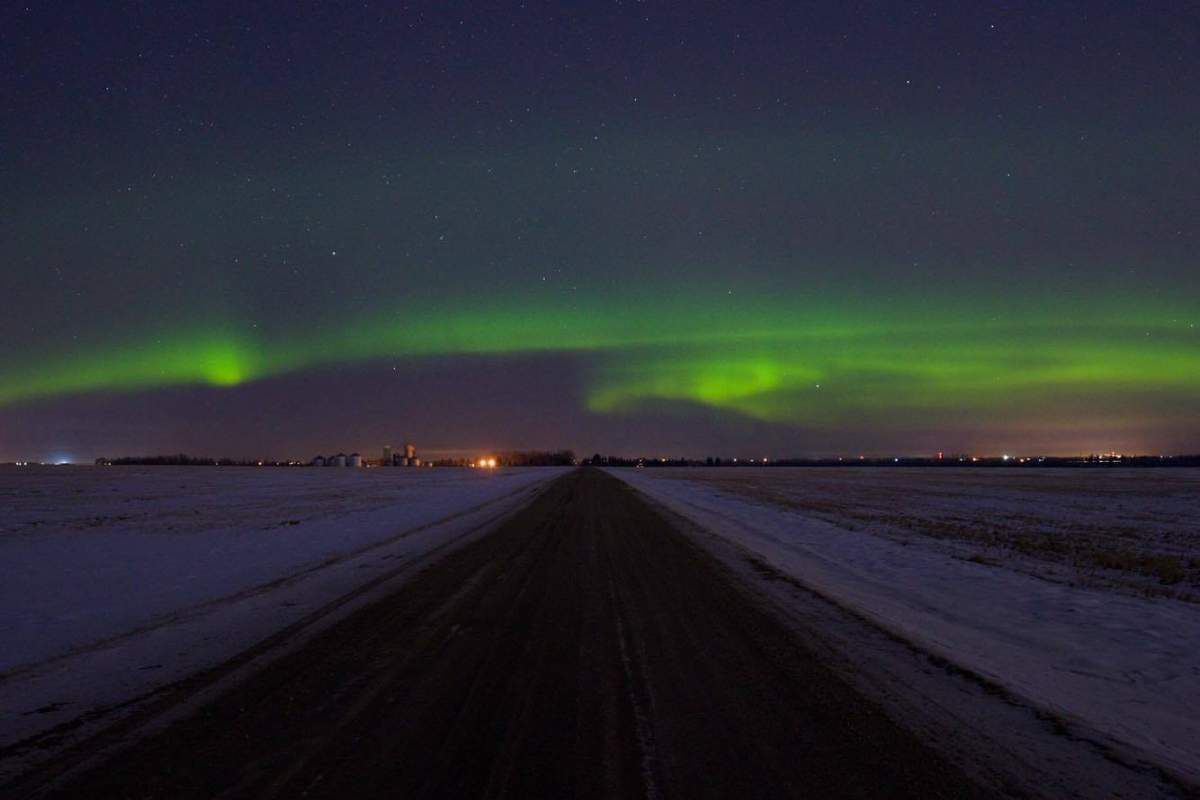

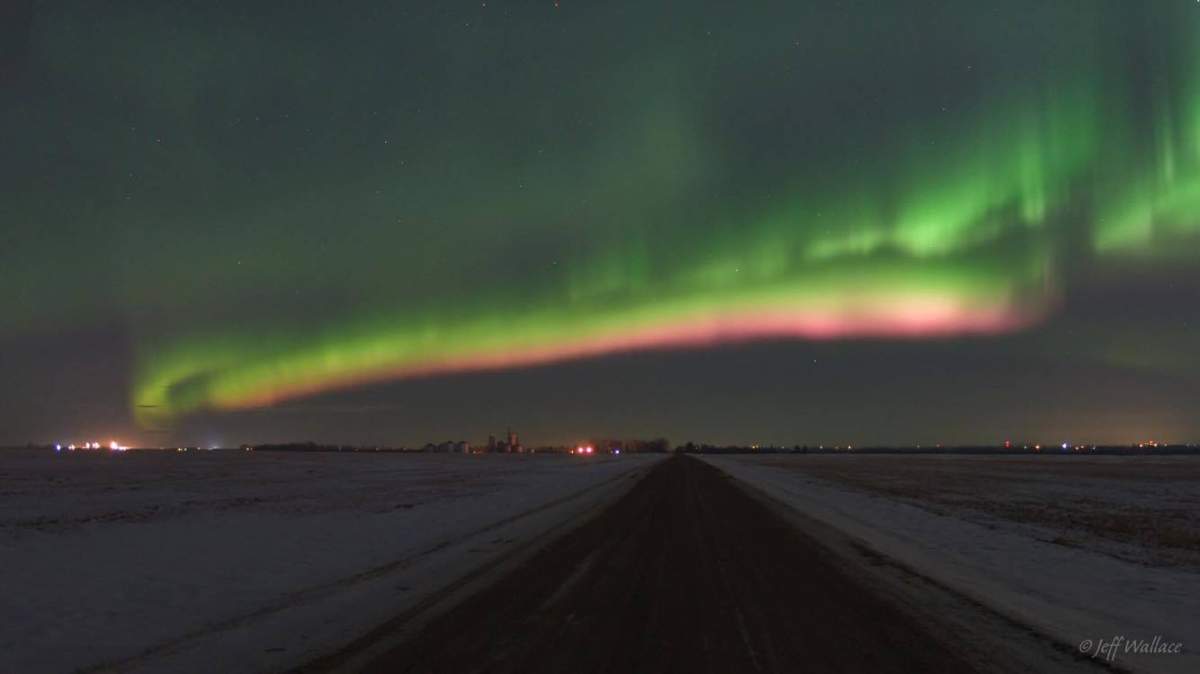

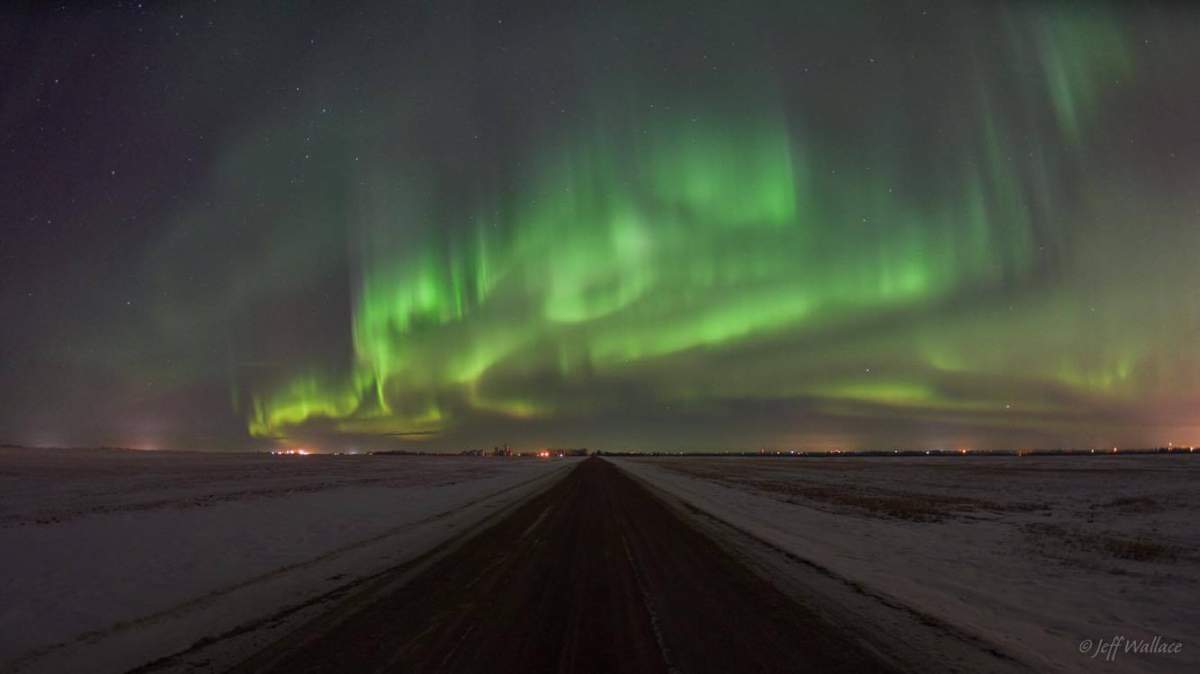


Comments